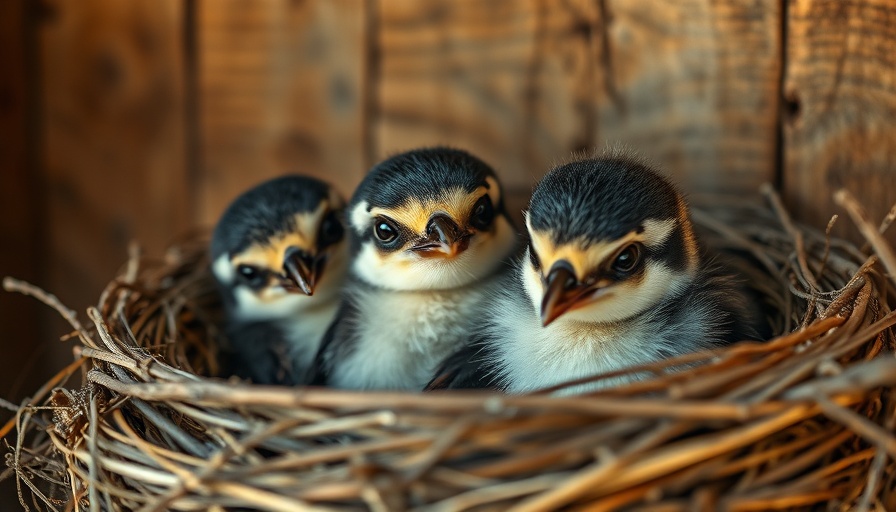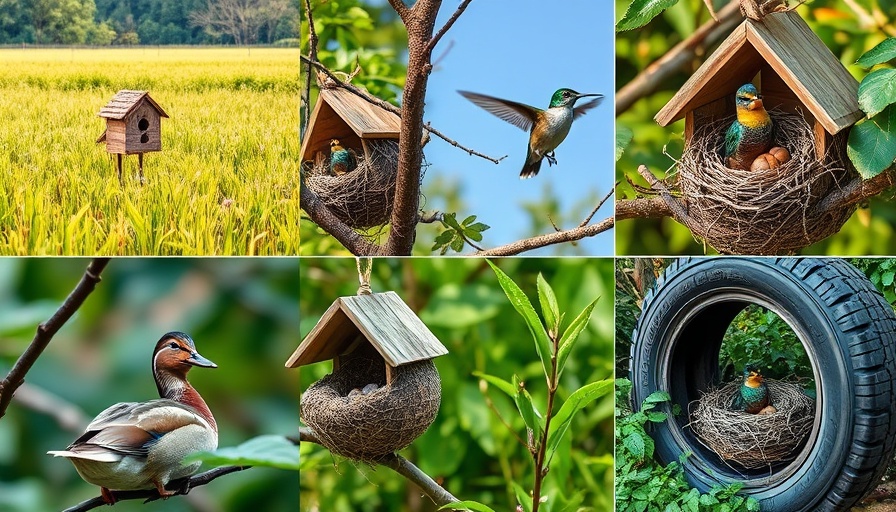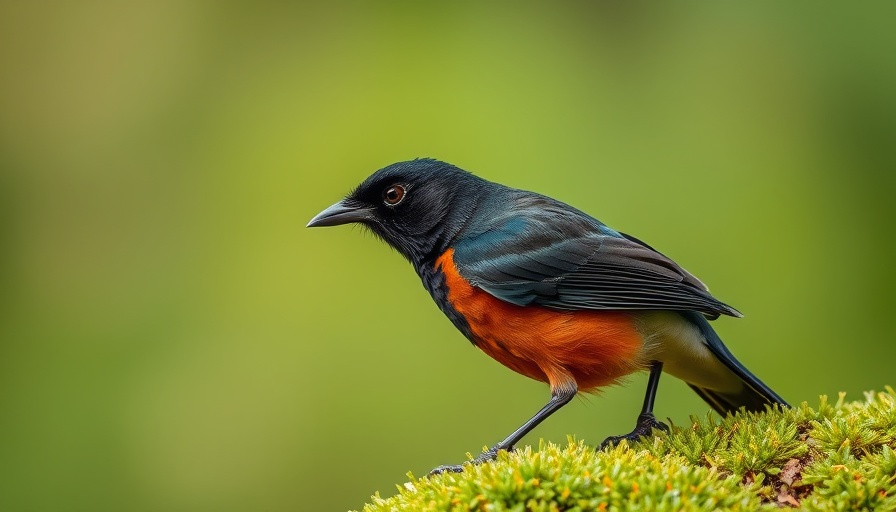
Understanding the Barn Swallow's Unique Nesting Needs
Barn Swallows, recognizable by their sleek silhouettes and distinctive forked tails, depend heavily on human-made structures for their nesting needs. As the decline of small-scale farming continues, these beautiful birds lose their traditional habitats. Once prevalent in barns and outbuildings, Barn Swallow populations have seen alarming decreases of over 50% in North America from 1966 to 2019.
Why Their Nesting Habitats Are Disappearing
The decline is not merely due to natural selection; it reflects broader environmental challenges. Habitat loss, the diminishing presence of aerial insects, and climate change are just a few contributing factors to their plight. Interestingly, Barn Swallows prefer human-made structures over natural ones, even as those structures diminish.
A Path to Recovery: How You Can Help
Despite these challenges, there is hope! Implementing targeted nesting efforts has shown promise. Simple actions such as installing artificial nest cups and creating mud sources for nest construction can significantly impact the swallows' success in rebuilding their populations. For instance, one conservationist transformed an unused barn into a thriving nest site, increasing the number of nesting pairs from three to fifteen over just twelve years.
Encouraging Your Local Barn Swallows
What can you do? If you have a suitable structure, consider creating a DIY nest platform or purchasing ready-made options. Keeping nesting sites accessible encourages swallows to return year after year, maintaining their vital link to human environments. Monitoring nests is equally crucial; collaborating with organizations like NestWatch allows you to contribute to scientific efforts ensuring Barn Swallow populations are tracked effectively.
By taking these small steps, you not only support Barn Swallows but also engage in a greater movement towards sustainable living and biodiversity conservation. Every action counts in the journey toward protecting these majestic birds, ensuring they continue to grace our sky.
 Add Row
Add Row  Add
Add 




Write A Comment